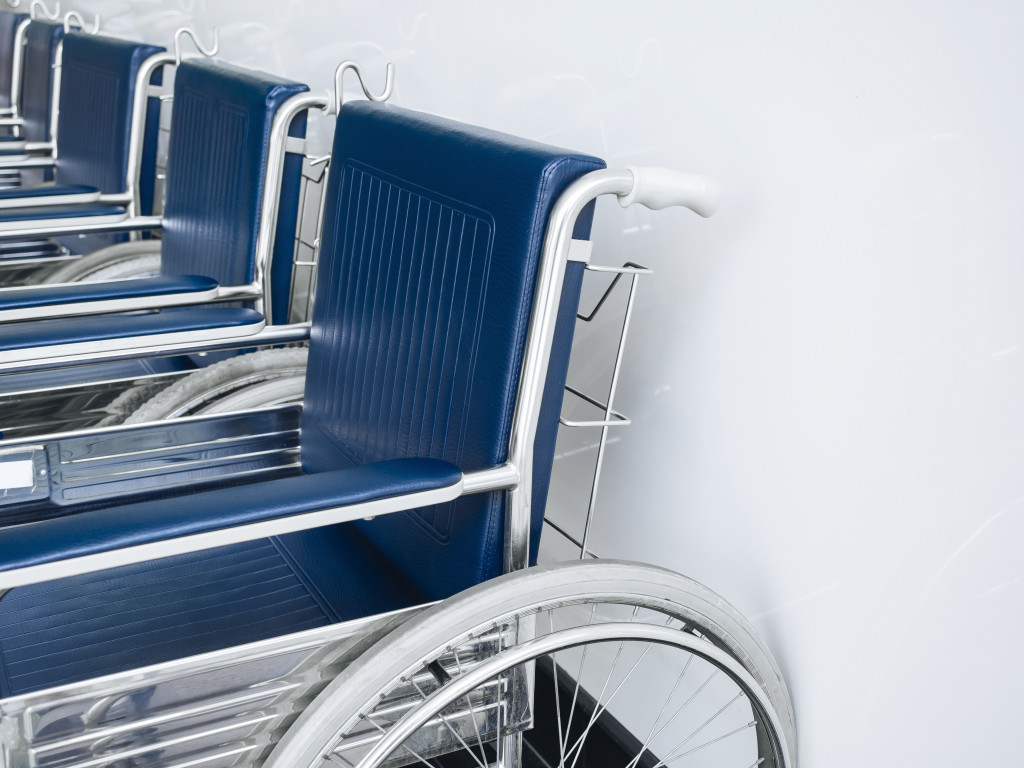Natural disasters can be especially devastating for hospitals. When power outages and other calamities occur, the medical community must work together to ensure that the hospital continues running. Here are some essential strategies that hospital administrators can take to keep their hospitals up and running during these scenarios.
1. Create an Emergency Preparedness Plan:
The first step in preparing your hospital for a natural disaster is creating an emergency preparedness plan. This plan should include specific actions that staff will take in an emergency, such as powering down non-essential equipment and moving patients to safer locations within the building.
Regularly review and update your plan to remain relevant and ready to use in an emergency. For example, if the hospital’s location is prone to flooding, include steps for evacuating the building and moving patients elsewhere.
In addition, it is crucial to train staff on the emergency preparedness plan regularly so they can follow it when needed.
2. Have Backup Generators Ready:
Having backup generators on hand is essential for any hospital hoping to stay operational during a natural disaster. These generators should be tested regularly to ensure they are in good working order and able to provide enough electricity for all necessary functions in the event of a power outage or other disruption in service.
For instance, if the hospital relies on backup generators to power essential equipment, such as X-ray machines or ventilators, be sure to include these in the generator maintenance schedule. On the other hand, if the hospital has enough power to keep essential equipment running during a power outage, the backup generator can provide electricity for other non-essential functions.
Having multiple generators also helps minimize downtime. If one fails or cannot provide enough power, the second generator can step in and help ensure the continuous operation of the hospital.
3. Invest in Portable Equipment
Portable medical equipment, such as oxygen tanks, wheelchairs, and heart monitors, can be invaluable in the event of a natural disaster. Having this equipment on hand means that staff can quickly move patients to safe locations within the hospital or even to alternative sites if necessary.
Another example of an excellent investment is a high-quality portable dehumidifier that can help keep the air dry and free of dust and debris, allowing staff to continue providing patient care in challenging conditions.
Investing in other types of mobile or transportable equipment, such as power cords and extension cords, which can help keep the hospital running during an emergency, is important.

4. Maintain Your Supply Chain:
Prioritizing your supply chain is another critical strategy for keeping your hospital running during a crisis. Make sure you have sufficient supplies on hand at all times, including medical supplies, food, fuel, medications, and other consumable items that may be needed during an emergency situation.
It’s also essential to have multiple suppliers lined up so you’re not relying on just one source of supplies in case something goes wrong with one vendor’s delivery schedule or services.
Finally, be sure to have a backup plan in place for getting supplies if something unexpected happens. Working with local charities and other organizations can help you get the supplies and resources you need when you need them.
5. Utilize Technology:
Technology can help make your hospital more resilient during a crisis—especially when it comes to communication between staff members and patients or families who may not be physically present during the disaster.
Utilize messaging platforms like WhatsApp or Zoom for real-time communication and patient monitoring systems that enable remote access from any location with internet access.
Additionally, investing in a cloud-based information system can ensure that any vital patient data is backed up and secure even if the hospital’s physical infrastructure suffers damage.
6. Have Clear Policies On Disasters:
Finally, having clear policies on how the hospital will respond to a natural disaster is crucial for keeping everyone informed about what steps need to be taken before, during, and after the event takes place.
Make sure these policies are known by all staff members and are communicated clearly with patients or family members who may need additional information during these times of crisis. Having clearly defined policies ensure that all stakeholders are on the same page and can help keep things running as smoothly as possible during a natural disaster.
Not only that, but having clear policies can also help the hospital prepare for future disasters, as it will be easier to identify what worked and what didn’t in previous situations.
Keeping your hospital running during a natural disaster requires preparation ahead of time—but it’s worth it if you want to continue providing quality healthcare services when they are most needed by those around you! By following these strategies outlined above—creating an emergency preparedness plan, having backup generators ready, investing in portable equipment, maintaining your supply chain, utilizing technology, and having clear disaster policies—you can help ensure that your hospital continues operating even under trying circumstances!
